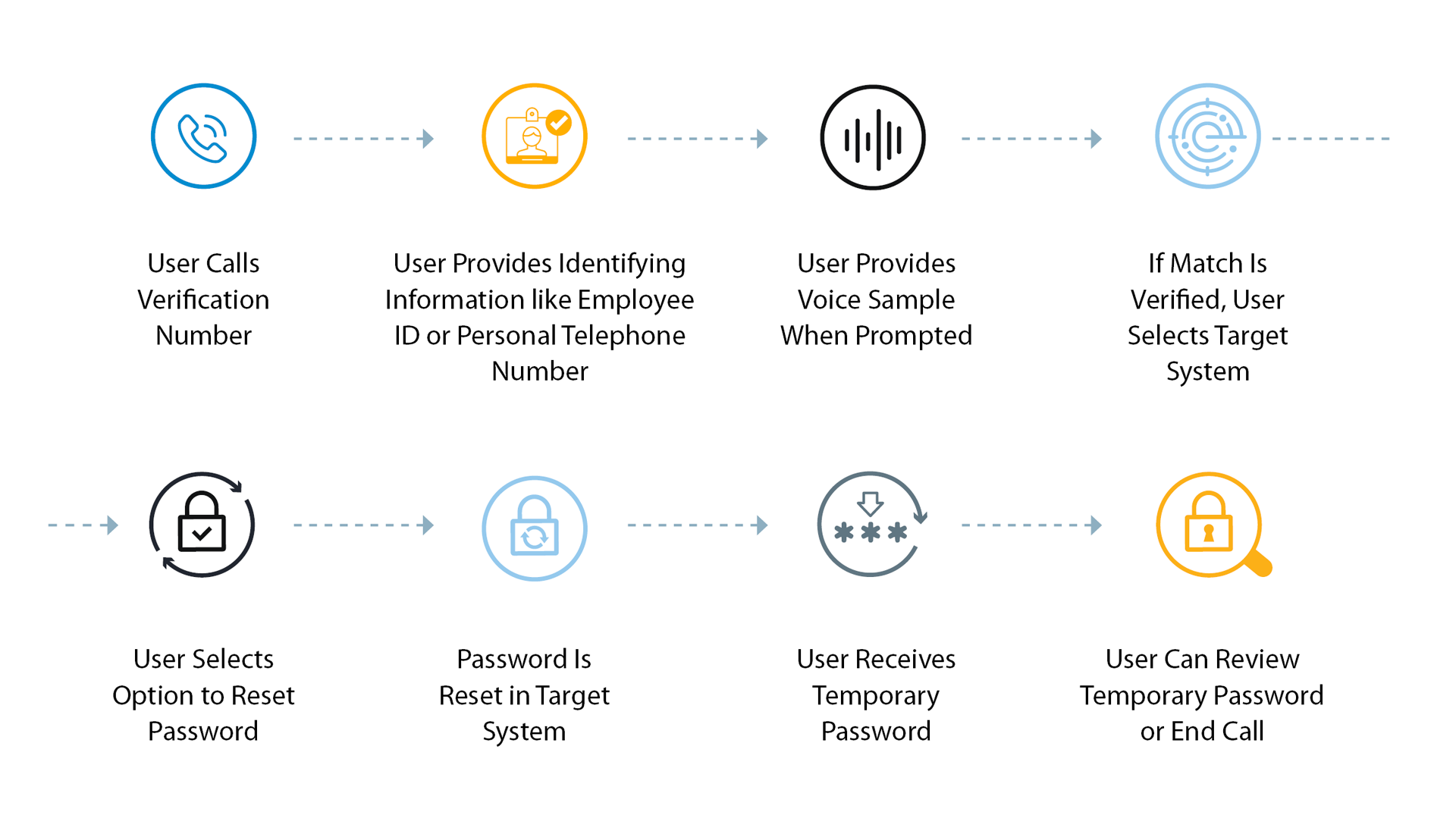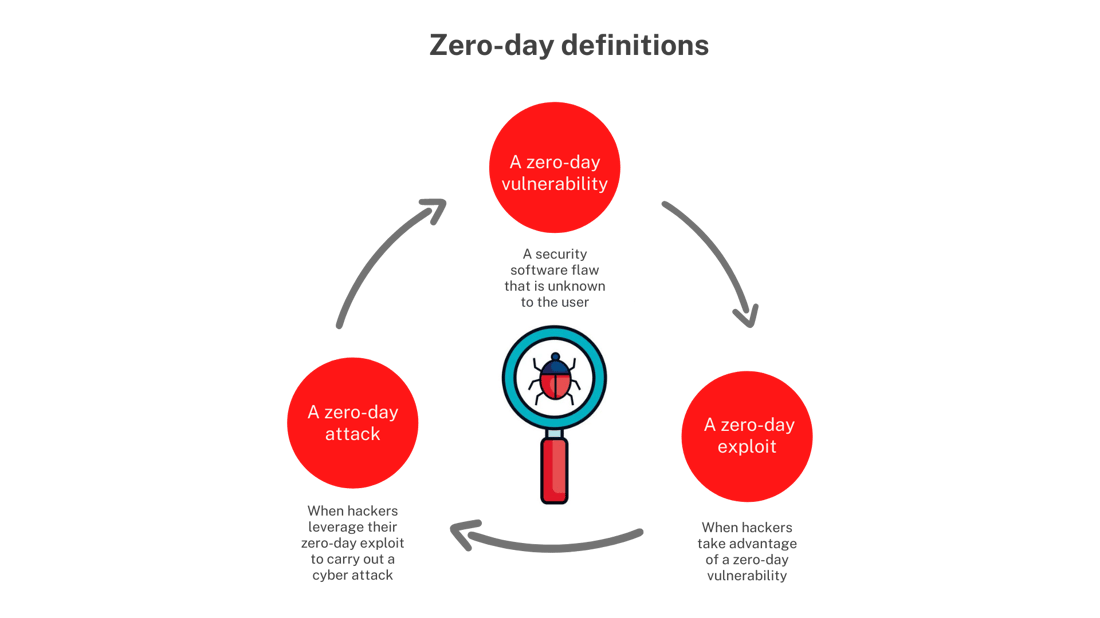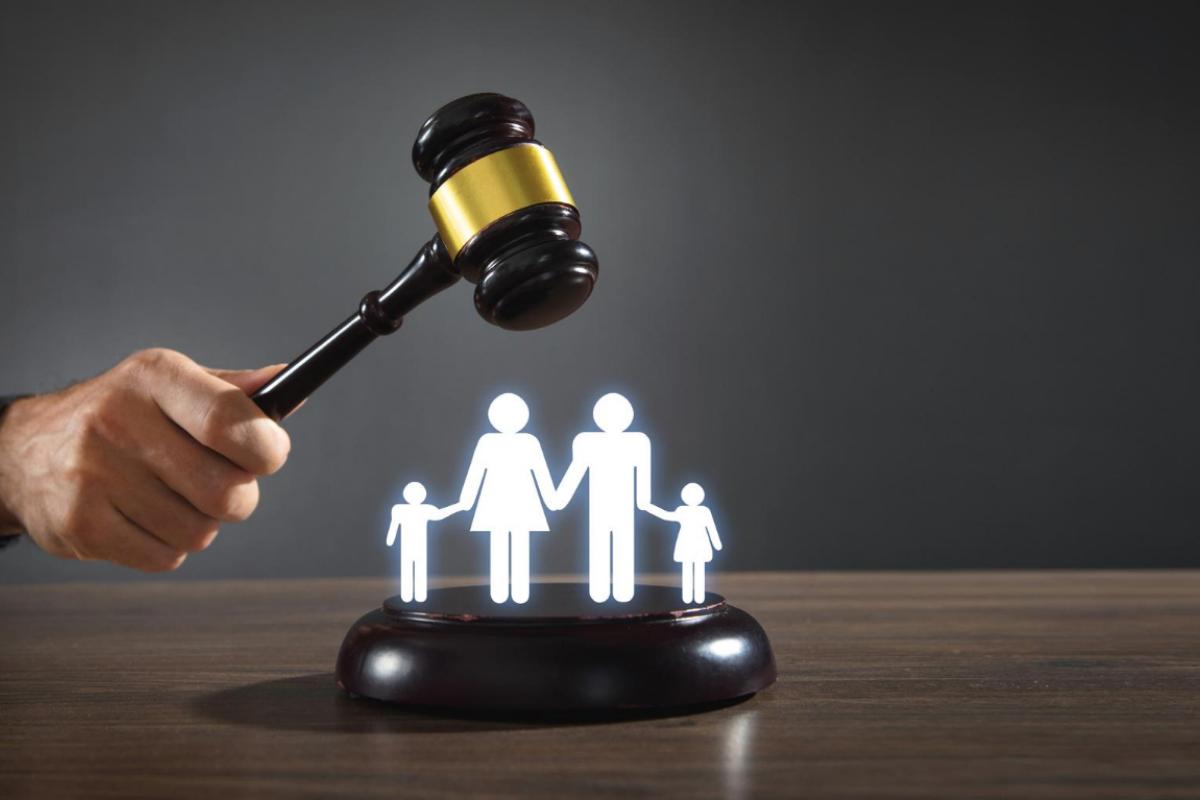Musicals in the Classroom: More Than Just a Catchy Tune
 Snapping fingers, tapping toes, voices in harmony expressing joy, sorrow, rage and love through song, their stories spanning a myriad of subjects: musicals are particularly effective classroom tools because of their songs. Even the most reluctant student will find himself or herself keeping time with their pencil at some point in the film. These melodic movies can be used in classrooms to teach students about many different topics including history and social-emotional learning, and can introduce students to different dramatic concepts and styles.
Snapping fingers, tapping toes, voices in harmony expressing joy, sorrow, rage and love through song, their stories spanning a myriad of subjects: musicals are particularly effective classroom tools because of their songs. Even the most reluctant student will find himself or herself keeping time with their pencil at some point in the film. These melodic movies can be used in classrooms to teach students about many different topics including history and social-emotional learning, and can introduce students to different dramatic concepts and styles.
Classic musicals, like West Side Story or My Fair Lady, give students a famous literary work (Romeo and Juliet or Pygmalion), presented in a new way. If students are finding Shakespeare inaccessible, the star-crossed story of Maria and Tony will whet their appetite. Oliver! is a captivating way to present another take on Charles Dickens and the tragedies of child labor in 19th century England. As Dickensian novels can be hard for many of today’s students to process, a musical adaptation is one way to break the story into manageable, comprehensible pieces.
Other musicals, like Les Miserables, can be useful as change of pace in a history class. The Sound of Music, which follows a family fleeing Austria just before the Nazis invade, is a somewhat lighthearted way to start a discussion about a pivotal moment in history. Fiddler on the Roof describes the experiences of many Eastern European Jewish immigrants to the United States. It deals with issues of love, parenting, tolerance and tradition in a manner that appeals to everyone. Oklahoma! presents the optimism of the Westward expansion and the closing of the frontier. South Pacific explores different aspects of WW II. 1776 presents a fairly accurate view of the deliberations of the Continental Congress… in song.
The musical that most children are familiar with is The Wizard of Oz, an entertaining film with loveable characters, delicious villains, and enchanting set design. As you peel back the layers, you’ll find that this musical provides more material than it might initially seem. Not only does it deal with many fears that young children have as they start to mature (What if my parents can’t protect me? What if I’m taken away from home before I’m mature?), it is a great example of the Hero’s Journey. The story also displays several literary devices including the frame story, irony, foreshadowing, and symbol.
An argument can also be made that the story told by the book is an allegory to the history of populism in the U.S. in the late 1800s. High school history teachers can ask their classes to prove or refute the validity of the allegory as a change from the usual methods of teaching this period of U.S. history.
Contemporary musicals can have a home in the classroom, too. High School Musical, an extremely popular Disney movie, focuses on the downside of peer pressure and the interpersonal relationships among adolescents. It demonstrates the importance of remaining true to one’s self.
Musicals also make great reward movies.
Whatever type of musical you use, know that it will bring life into your classroom and get your students intrigued by the subject matter in a way they haven’t been before. And remember, singing along is optional!
































